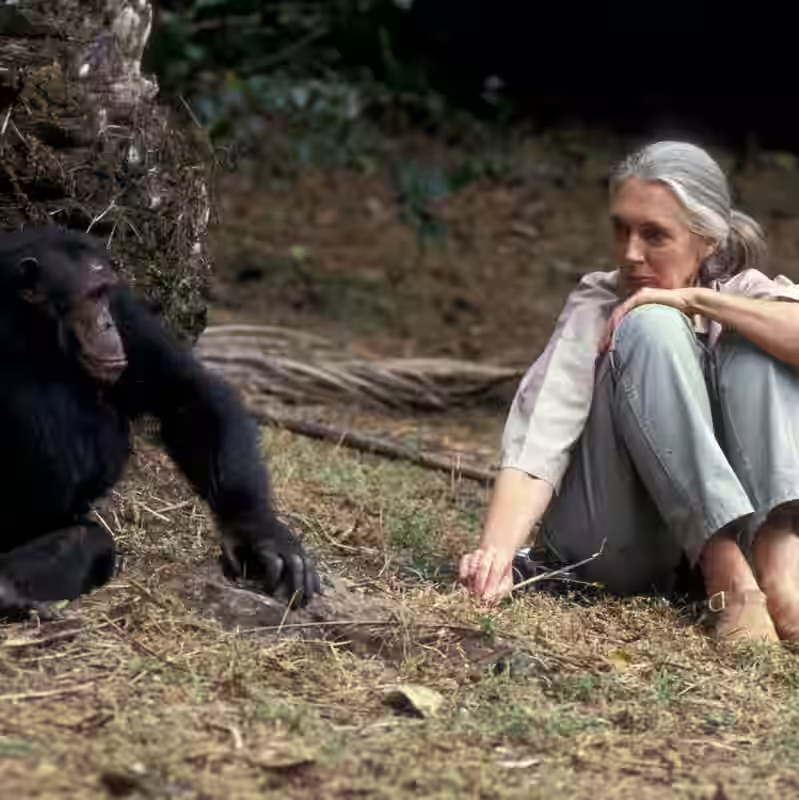Jane Goodall’s Revolutionary Impact on Science and Conservation
When Jane Goodall passed away on Wednesday, October 1, 2025, the world lost more than a pioneering primatologist—she was a visionary who reshaped our understanding of what it means to be human.

From Waitress to World-Changing Scientist
In 1957, a 23-year-old Jane Goodall—then working as a secretary and waitress—made a bold phone call to paleoanthropologist Louis Leakey. Her self-taught knowledge of animals impressed him so deeply that he funded her groundbreaking fieldwork in Tanzania.
By 1960, Goodall was observing wild chimpanzees at Gombe Stream, where she made history with a single observation: a chimp named David Greybeard using a grass stalk to fish for termites.
“Now we must redefine ‘tool,’ redefine ‘man,’ or accept chimpanzees as humans.” — Louis Leakey
Key Discoveries That Changed Science Forever
- Tool Use: First documented evidence of non-human animals crafting and using tools.
- Complex Communication: Identified distinct vocalizations and gestures among chimps.
- Individual Personalities: Assigned names—not numbers—to chimps, revealing emotional depth and social complexity.
- Viral Research: Collaborated on studies linking simian immunodeficiency virus (SIV) in chimps to HIV in humans.
Infographic: Jane Goodall’s Scientific Milestones
| Year | Milestone |
|---|---|
| 1960 | Begins fieldwork at Gombe Stream, Tanzania |
| 1962 | Observes chimpanzee tool use—revolutionizes animal behavior science |
| 1965 | Earns Ph.D. from University of Cambridge without prior undergraduate degree |
| 1977 | Founded the Jane Goodall Institute |
| 1991 | Launches Roots & Shoots youth program in 60+ countries |
| 2000s | Collaborates on HIV/SIV research with virologist Beatrice Hahn |
A Lasting Global Legacy
Goodall’s influence extended far beyond primatology. Her empathy-driven approach inspired generations of scientists like Catherine Crockford (Max Planck Institute) and Jill Pruetz (Texas State University), who confirmed that chimpanzee toolmaking varies by region—evidence of cultural transmission.
Her work also laid the foundation for pandemic research. Detailed behavioral records from Gombe enabled scientists to trace how SIV spread among chimps and eventually crossed into humans as HIV.
[INTERNAL_LINK:conservation] Through the Jane Goodall Institute and Roots & Shoots, her mission lives on—empowering youth to lead environmental and humanitarian projects worldwide.
What Scientists Say
“She opened the window into the mind of chimpanzees.” — Martin Surbeck, Harvard evolutionary biologist
“It was after reading her books that I put on my boots and binoculars and went out in the jungle.” — Catherine Crockford




